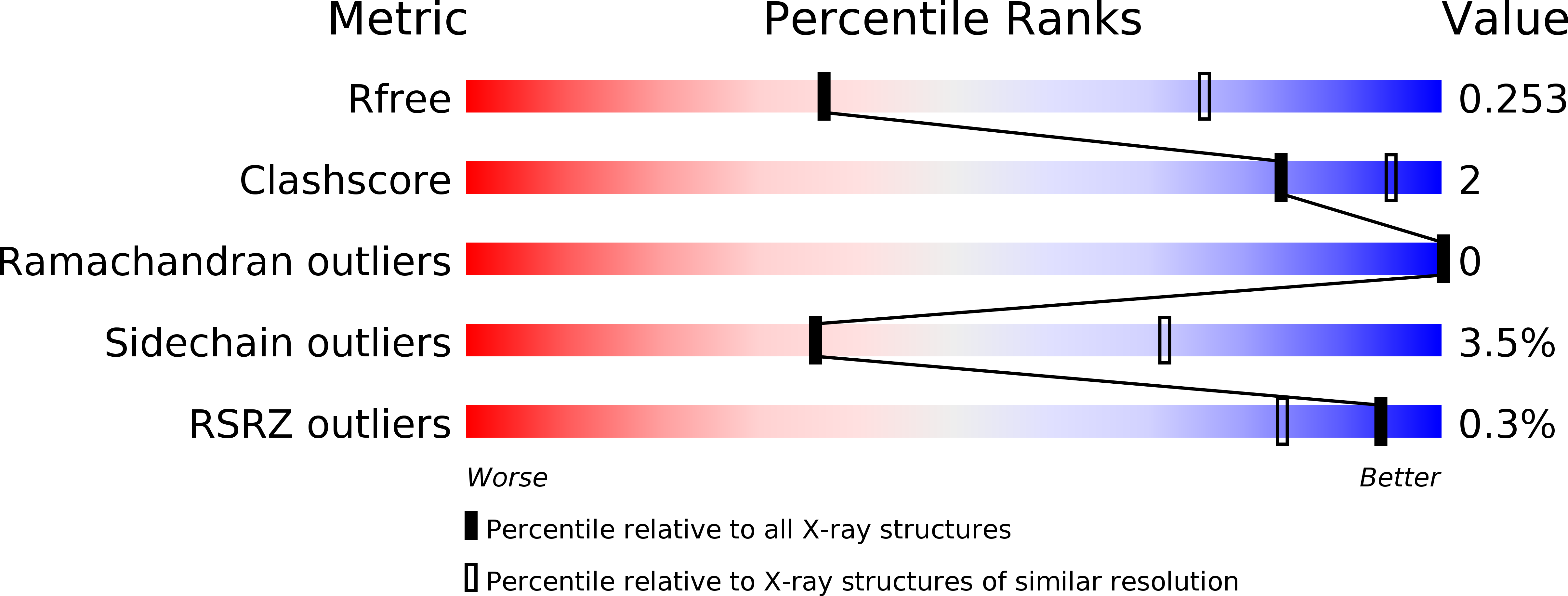
Deposition Date
2018-10-18
Release Date
2019-10-02
Last Version Date
2024-11-06
Entry Detail
PDB ID:
6MSS
Keywords:
Title:
Diversity in the type II Natural Killer T cell receptor repertoire and antigen specificity leads to differing CD1d docking strategies
Biological Source:
Source Organism:
Mus musculus (Taxon ID: 10090)
Host Organism:
Method Details:
Experimental Method:
Resolution:
3.00 Å
R-Value Free:
0.24
R-Value Work:
0.18
R-Value Observed:
0.18
Space Group:
P 21 21 21


